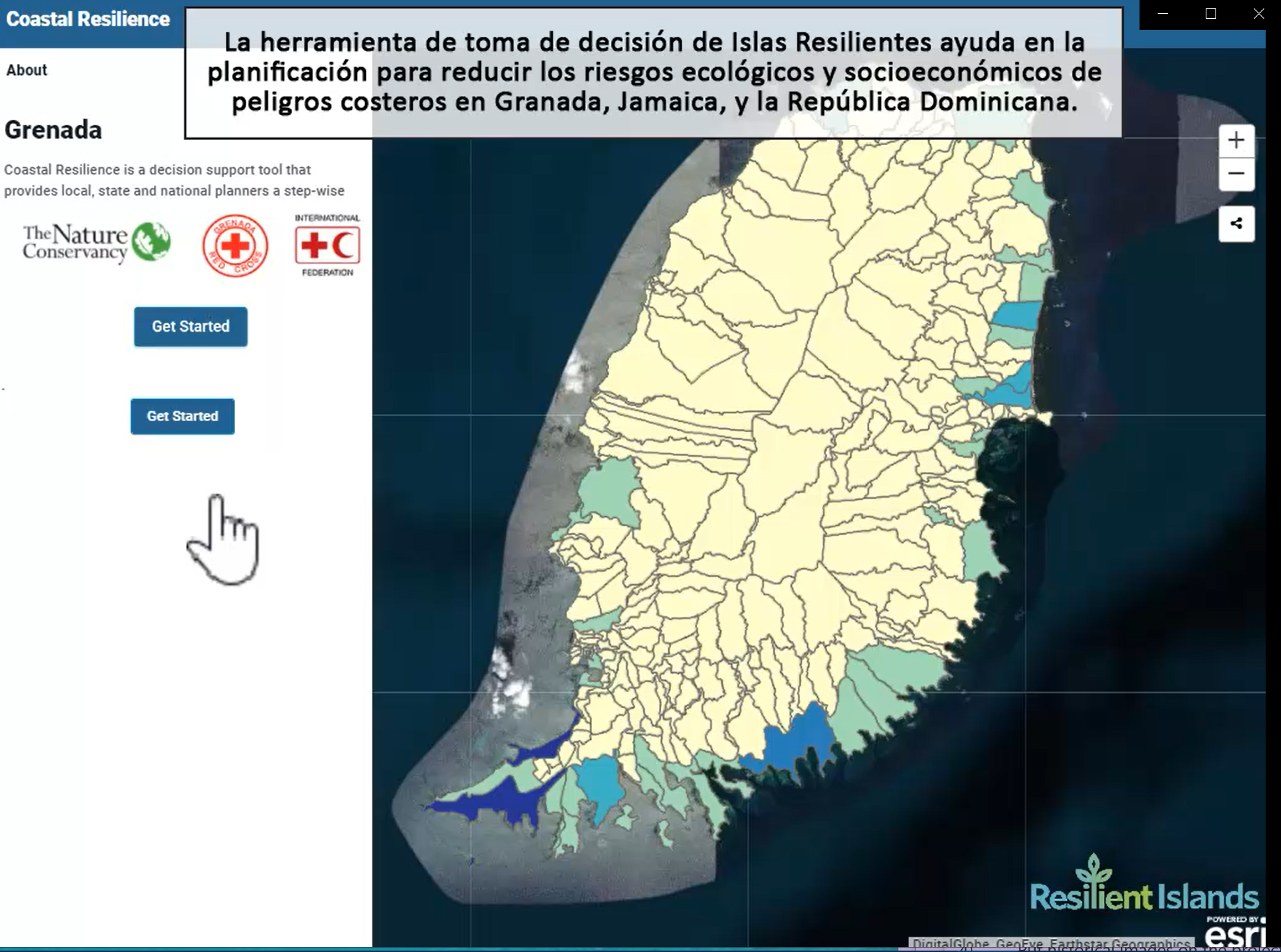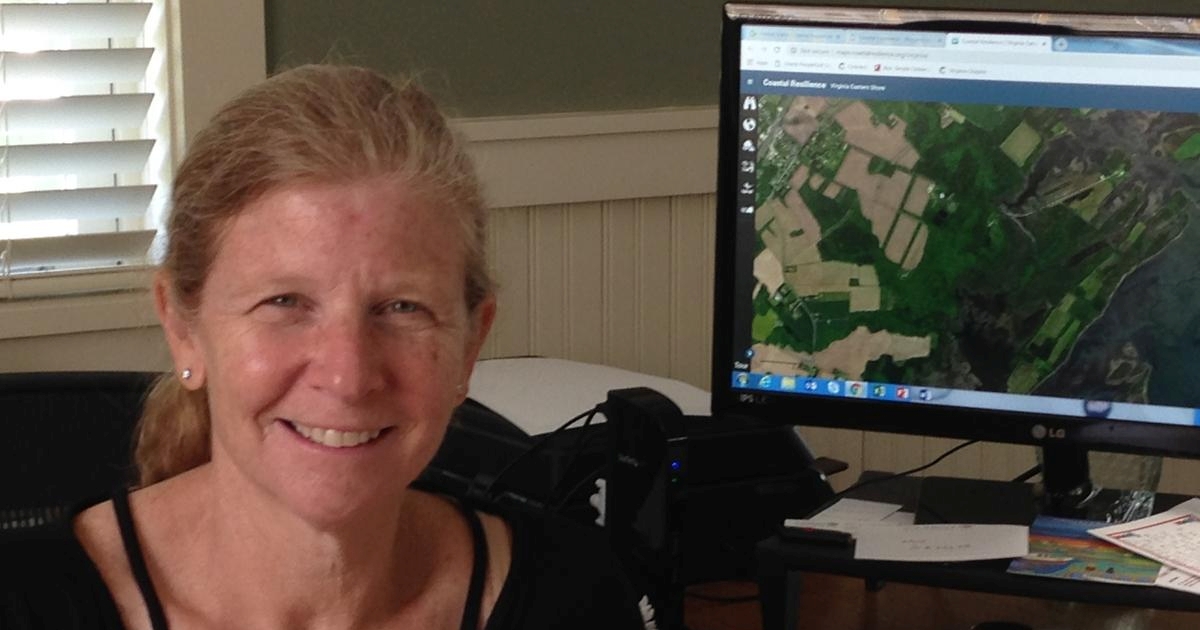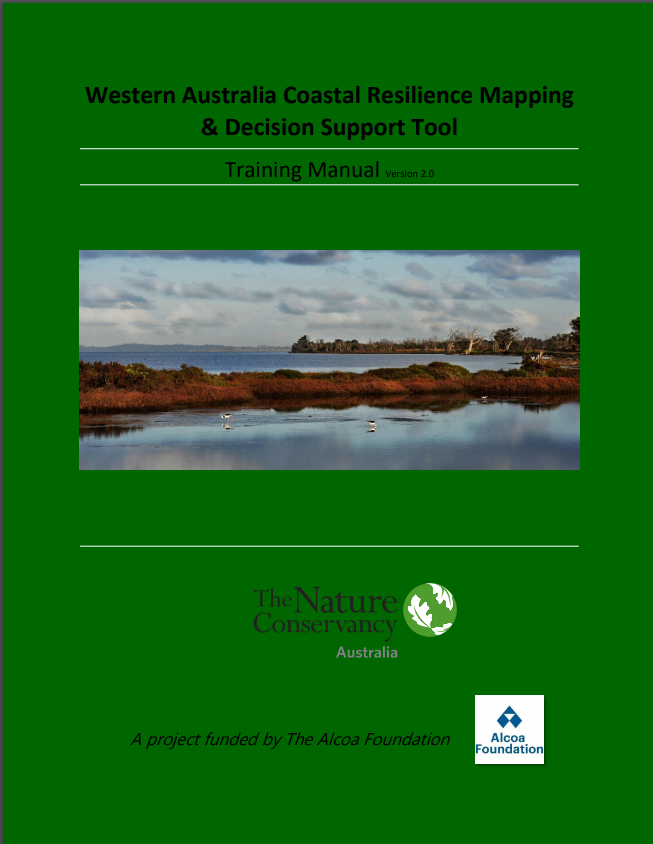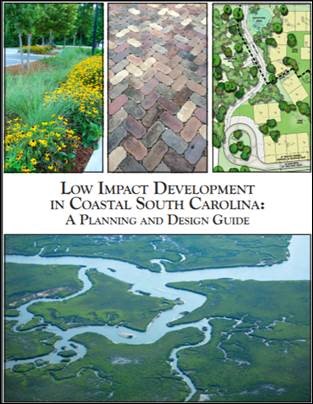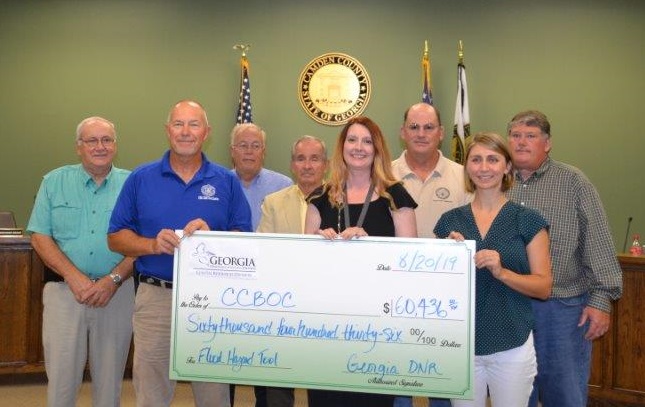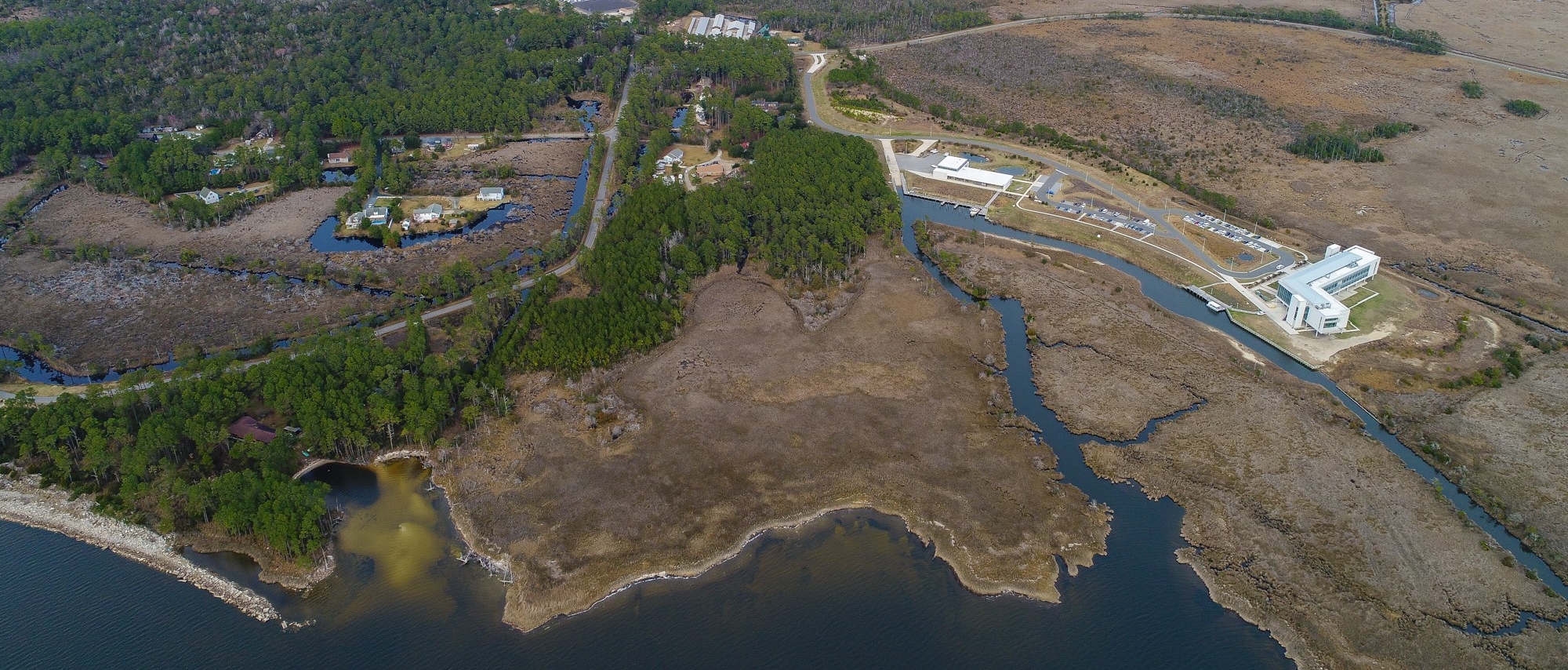Maryland
Maryland is already experiencing the impacts of a changing climate: dramatic nuisance flooding is commonplace along the coast, and agricultural fields on the Eastern Shore are increasingly struggling to deal with saltwater intrusion. Thankfully, nature can help. Coastal habitats, especially marshes and forests, play a significant role in reducing risk along Maryland’s shoreline. According to a recent study, Maryland’s wetlands reduced damages from Hurricane Sandy by nearly 30% — that’s over $40 million dollars saved in avoided damages. For more information on the analysis, conducted in partnership by The Nature Conservancy, Lloyds of London, Wildlife Conservation Society, and UC Santa Cruz, click here.

Marshes on Maryland’s Eastern Shore. Photo Credit: Kelly Leo (TNC)
Overview

Deal Island, the site of a wave attenuation study on Maryland’s Eastern Shore – a partnership between The Nature Conservancy, George Mason University, and the MD Department of Natural Resources. Photo Credit: Kelly Leo (TNC)
Evaluating the effectiveness of Eastern Shore tidal wetlands for storm risk reduction in the Chesapeake Bay
Coastal wetlands are known for their importance for biodiversity and as natural defenses against waves, erosion and storm surge. A lot of work has been done globally to document the risk reduction value of mangroves and coral reefs but, to-date, there is little to no robust work that quantifies the benefits of wetland habitats in Maryland along the Chesapeake Bay.
To help fill in this gap, the Maryland/DC Chapter of The Nature Conservancy, George Mason University and Maryland’s Department of Natural Resources are partnering to better understand the effectiveness the Eastern Shore’s natural tidal wetlands to reduce the impacts of wave energy. This project will measure the hydrodynamics of storm surge and waves inside Maryland’s marshes and the attenuation of waves and currents. The results will indicate the capacity of coastal wetlands and marshes to absorb tidal flooding and reduce wave energy and impact reducing storm surges.
The first field site selected for this study is the future site of the Department of Natural Resources’ shoreline dune restoration project: the marsh just south of Soundside Estate Road. The scientists from George Mason University will begin installing monitoring devices in the marsh in May 2018.

Wave Attenuation Study Team selecting the field site on Maryland’s Eastern Shore – a partnership between The Nature Conservancy, George Mason University, and the MD Department of Natural Resources. Photo Credit: Kelly Leo (TNC)
Maryland’s Coastal Resiliency Assessment
The Nature Conservancy partnered with the Maryland Department of Natural Resources to conduct a Coastal Resiliency Assessment aimed at understanding how the habitats, hazards, and people across Maryland’s coastlines intersect and identifying priority areas for protection and restoration where nature can help communities become more resilient. The Assessment is being used to guide land protection opportunities to promote the resilience of natural and human communities across our coastline.
Protecting Wetland Adaptation Areas
The Nature Conservancy has been working to protect biodiversity hotspots in the Nanticoke watershed for decades. Thousands of acres of habitat that we have helped to protect are now known to be important wetland adaptation areas. The Conservancy is working to ensure that these areas are best managed to allow for marsh migration in response to changing coastal conditions. We recently submitted a proposal to expand the Nanticoke Rural Legacy Area to make it even easier to protect greater expanses of wetland adaptation areas in the region.
Resources
For the latest reports, publications and other resources on coastal resilience in Maryland visit the Coastal Resilience Resource Library on the Conservation Gateway.
Related Stories and News
Resilient Islands Decision Support Tool – Spanish
Building Resilience – There’s no “i” in Team
The Town of Swansboro sees nature as a key to their resilience. This point was driven home last fall when Hurricane Florence struck the town – flooding homes and businesses . A Conservation Priority Area will cluster future development away from coastal areas, wetlands, and floodplains to make the town more resilient to future storms.
Coastal Resilience Tool Featured on Virginia’s Public Radio
Virginia Coast Reserve director Jill Bieri was interviewed by Sandy Hausman on WVTF/Radio IQ about the Virginia Eastern Shore Coastal Resilience tool.
New Training Tutorial Exercises Released!
Learn or teach others how to use the Western Australia Coastal Resilience Decision Support tool with these fun exercises.
Nature-Based Solutions in Coastal Georgia
Nature can help us build a more resilient Georgia coast, all while supporting its growing population and the critical ecosystem services we know and value.
Low Impact Development in Coastal South Carolina: A Planning and Design Guide
The purpose of this manual is to remove barriers to Low Impact Development implementation by providing engineering tools, planning guidance, and case study examples that are relevant to the South Carolina coastal zone.
Camden Coastal Resilience Project creates flood risk tools
Both the Flood Risk App and the Community Planning App are designed to help the community better understand and plan for flooding.
Partnership Results in Deep Dive for Oyster Research
In partnership with the Coastal Studies Institute, TNC built a series of oyster reefs along a highly eroding shoreline at a TNC conservation easement located just north of the Institute and this site will function as a living laboratory for researchers and students. TNC’s Restoration Explorer was used to identify the site and helps others identify where they can use natural techniques like this to stabilize their shores.





